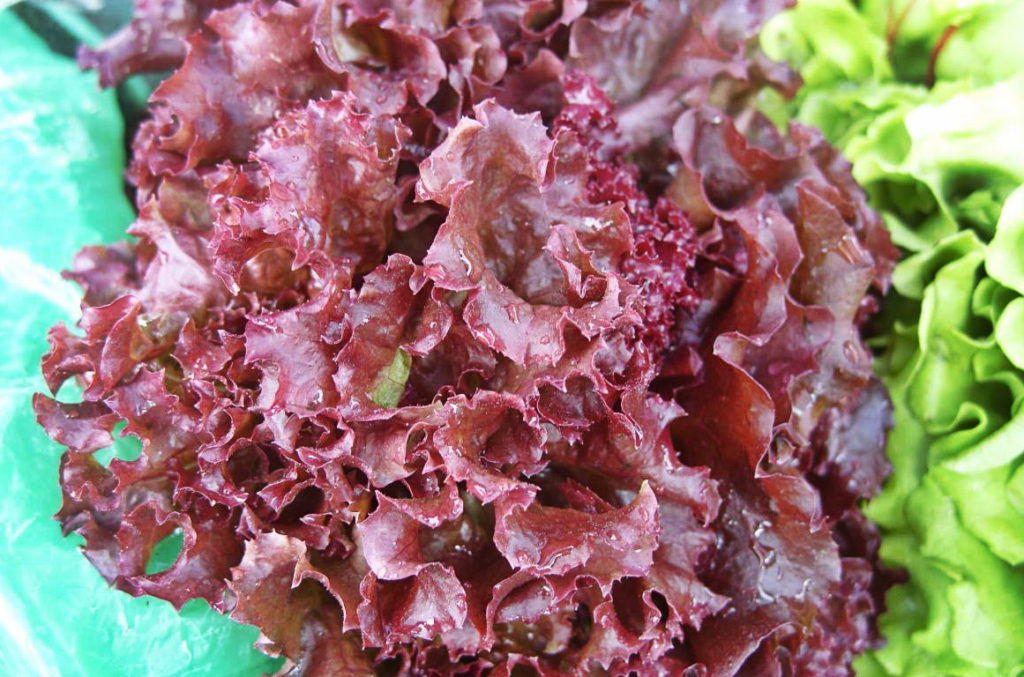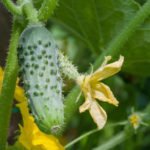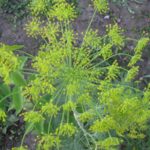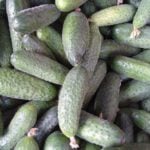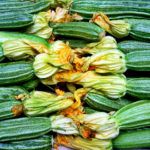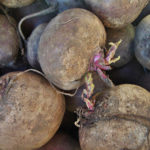Lettuce is one of the most decorative plants that can decorate the garden from spring to autumn. Many varieties allow you to create dense decorative vegetable groups of mixborders, high beds, on lawns, bordering raised beds with curly, shaggy, flat and lacy leaves of a wide variety of shades.
After the pic of the plant, the free space should be decorated with plants of a similar appearance and texture. The distance between the plants is 10-25 cm, between the rows-20 cm, the sowing depth is 1-1. 5 cm. It can grow on all types of soils: from clay to sandy loam and peat. The best predecessors: cucumbers, cabbage. It improves the soil well.
The name Lettuce is of Italian origin. The Latin name Lactuca translates as milk and is associated with the presence of milk juice in the plant. Lettuce has been cultivated since ancient times as a food and medicinal crop. In ancient Greece, he was credited with the ability to sober up from drinking wine. In ancient Rome, it was cultivated so widely that some families were engaged in growing exclusively this plant.

Lactuca sativa or Lettuce — annual herbaceous plant, first forming a rosette of basal leaves, then a strongly branched, erect flowering stem, height 60-120 cm (2-3.9 feet). The basal leaves are whole, ovate to almost rounded or dissected, light green, green, purplish-red, purple of various shades, with a smooth or corrugated surface and edges, the stem is smaller, elliptical, lance-shaped, arrow-shaped. The flowers are yellow, collected in numerous, small baskets, forming a paniculate inflorescence; they bloom in June-July. Fruits-flying achenes; ripen in July-August.
The most common are the following varieties:
- var. secalina forms a rosette of small, almost horizontally arranged leaves
- var. crispa with an open or semi-open medium or large rosette of leaves of various shapes and colors
- var. capitatawith a half-raised or raised rosette of leaves, in the center of which a flat or rounded head is formed
- var. romana with a rosette of up-turned leaves and an elongated conical head

Lettuce is a widely cultivated vegetable, medicinal, and ornamental plant. Lettuce leaves and asparagus stalks (fresh, fried, stewed, pickled, canned) are used for food. For medicinal purposes, the leaves are used to stimulate appetite, improve digestion, as a mild laxative, diuretic, for obesity, atherosclerosis, hypertension, anemia, tuberculosis, as a sedative, improving sleep, stabilizing blood pressure, preventing vascular fragility; fruits as a lactogenic. Contraindicated in gout, kidney stones, dyspepsia.
